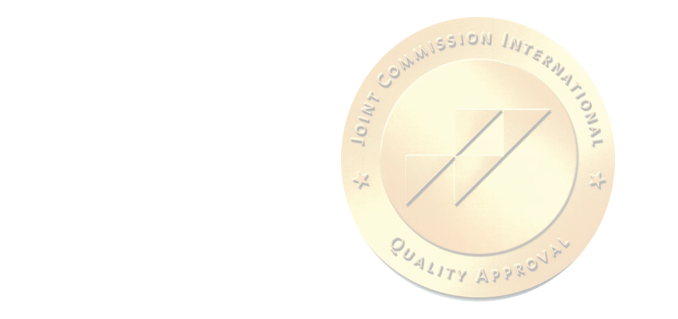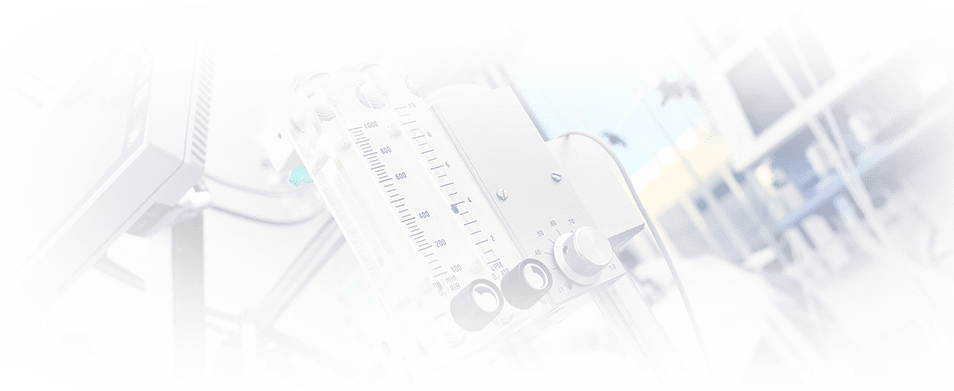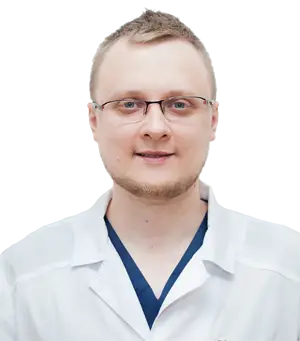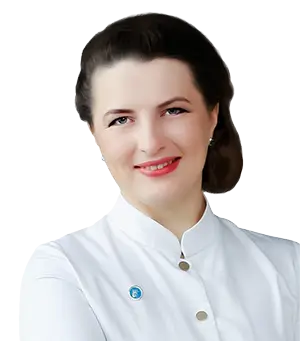Biopsy
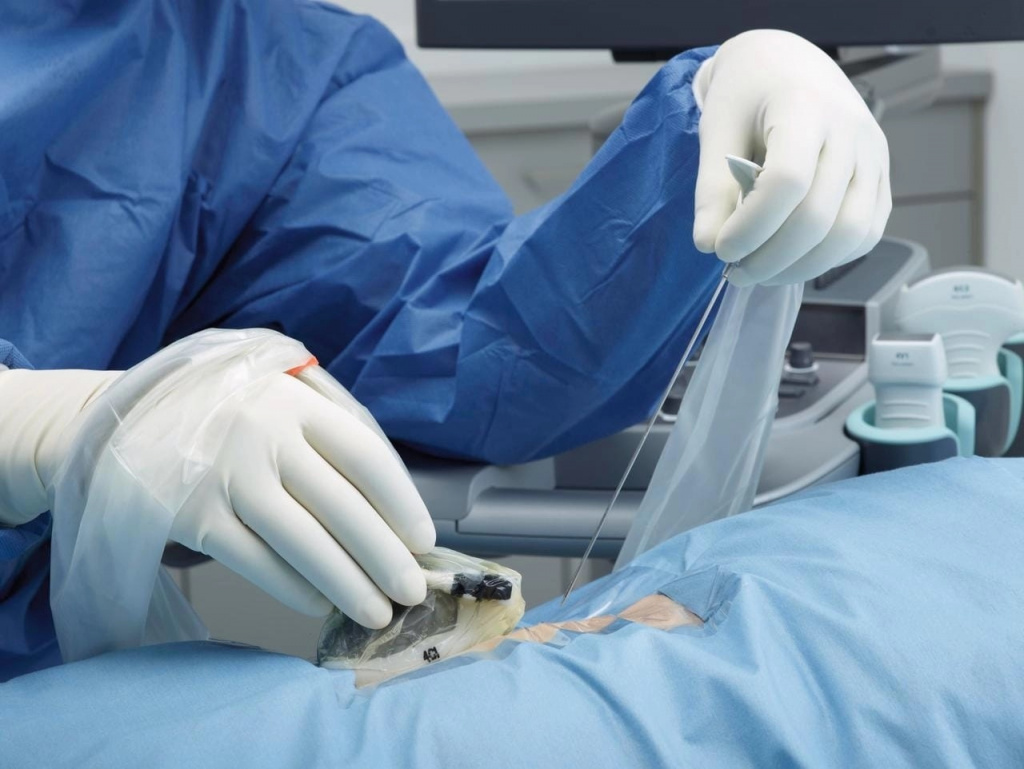 Biopsy has a special place in the list of popular measures of instrumental examinations. This method is used in classical and differential diagnostics to confirm the diagnosis and clarify some characteristics of the detected pathology. Any tissues and cells of the body can be examined immediately after material is taken. This reduces the risk of error to a minimum and provides accurate and reliable results.
Biopsy has a special place in the list of popular measures of instrumental examinations. This method is used in classical and differential diagnostics to confirm the diagnosis and clarify some characteristics of the detected pathology. Any tissues and cells of the body can be examined immediately after material is taken. This reduces the risk of error to a minimum and provides accurate and reliable results.
Indications
The main purpose of biopsy diagnostics is to examine the material in order to assess its cellular composition and possible abnormalities in the body.
Some indications for the examination are:
- the need for differentiated diagnostics of neoplasms;
- a detailed study of the cellular structure of various internal organs: biopsy of the liver, kidneys, nerve tissue, skin, mammary glands, uterus, stomach, thyroid gland, etc.;
- an examination of a patient with thyroid disorders;
- diagnostic measures for suspected melanoma (skin cancer), moles or dermatoses;
- an examination of a patient when metastases are detected and their source is not known;
- an assessment of the risk of malignant neoplasm cells;
- a comprehensive examination for papillomavirus or cervical cancer.
In addition, biopsy is indicated to patients as part of a comprehensive diagnostic procedure for various forms of cancer, gastric abnormalities, hormonal malfunctions and infertility. This diagnostic method assesses the body's readiness for the in-vitro fertilization procedure and hormonal therapy. A repeat biopsy is prescribed to monitor a patient's condition after a completed course of treatment or to clarify results of a previous examination if the biopsy sampling or transcripts were not performed correctly.
Contraindications
The list of restrictions and absolute contraindications depends on the area where the pathology is localized and the chosen diagnostic tactic. An alternative research method is chosen in relation to such patients, who:
- have acute infectious diseases;
- have diabetes mellitus;
- have diseases of the cardiovascular system;
- have a blood clotting disorder.
Our specialists
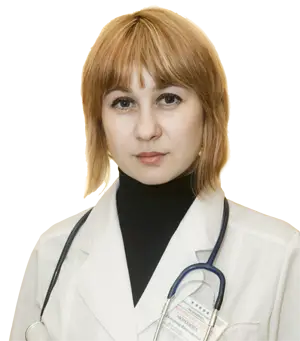

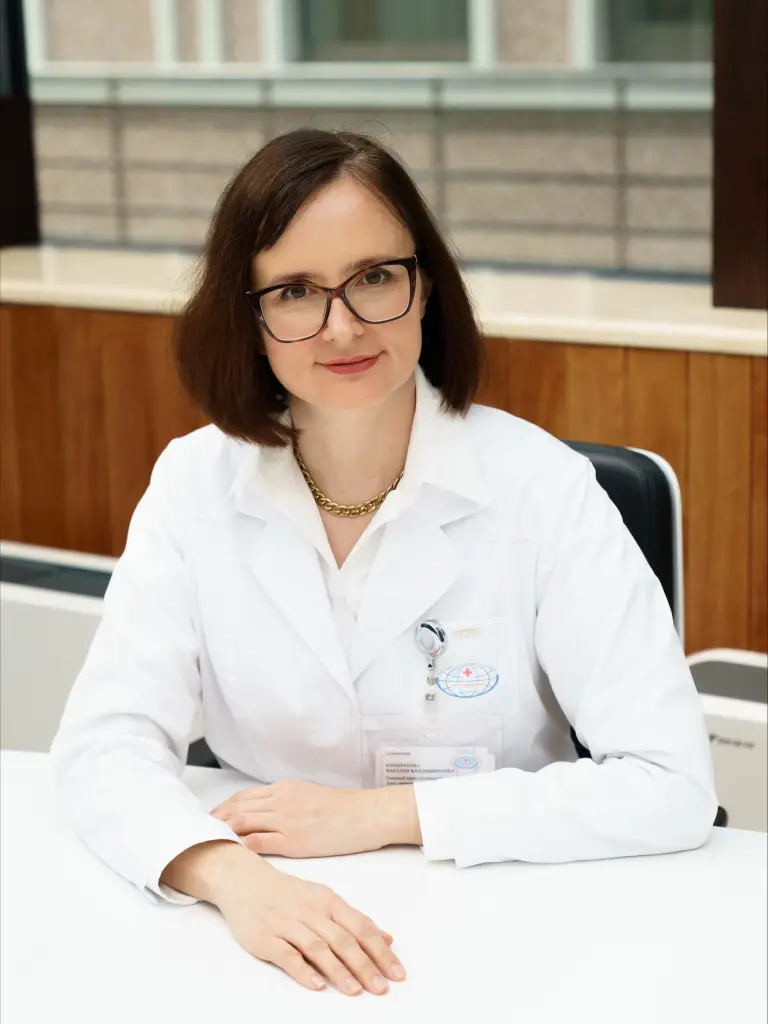
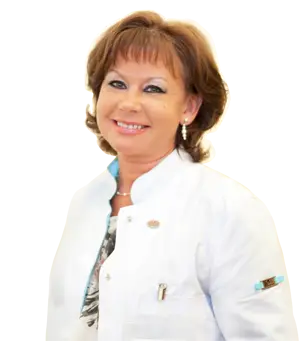
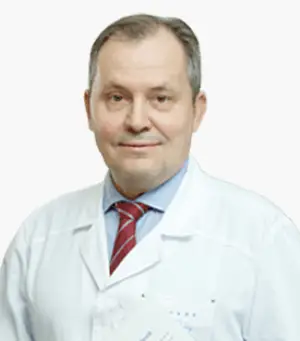
Appointment
You can make an appointment to see any specialist at the JSC "Medicine" (Academician Roytberg Clinic) on the website. Its interactive form allows you to select a doctor by specialty or search for an employee of any department by name and surname. Each doctor's schedule contains information about our opening days and hours available to patients.
The clinic's administrators are ready to make an appointment or a house call at +7 (495) 775-73-60.
Our convenient location in the Central Administrative District of Moscow (CAD) - the 2-nd Tverskoy-Yamskoy Lane, 10 - allows you to quickly get to the clinic from different underground stations "Mayakovskaya", "Novoslobodskaya", "Tverskaya", "Chekhovskaya" and "Belorusskaya".
Essence and methodology
This type of diagnostics procedure is based on obtaining a biopsy sample - a tissue and cell sample taken mechanically for subsequent examination. The amount of biopsy sample is minimal, so obtaining it does not cause a person appreciable discomfort and does not affect the performance of the organ and its condition. The examination of the obtained material under a microscope allows doctors to draw conclusions about the presence of a particular disease, the degree of its spread, its benign or malignant nature and possible complications.
Accuracy of biopsy results determines:
- experience of a specialist who performed the biopsy and examined the material;
- amount of material which should be taken from three different sites at different depths.
Biopsy is most widely used in the diagnostics of oncological diseases and in clarifying the nature of any neoplasms in the human body. Numerous studies have proven its complete safety for patients, and its exceptional accuracy allowed to call this technique the gold standard, which has no equal ones in the reliability of the obtained results.
Advantages
In cases where other popular methods of examination of patients do not give informative results, only a biopsy of blood, tissues and cells allows:
- clarifying the depth and spread of the pathological process;
- finding out the nature of the neoplasm and its origin: benign or malignant, inflammation, eosinophilic process, etc.;
- performing a differentiated diagnostics with zero risk of error;
- clarifying the stage of the diagnosed disease;
- removing the neoplasm at the same time as the diagnosis, so that a follow-up examination can be carried out and a course of treatment developed;
- evaluating the effectiveness of the treatment methods used.
Preparation
Before referring a patient for a biopsy, it is advisable to carry out general blood and urine tests, a coagulogram and a blood sugar test. HIV/AIDS tests, ultrasounds, MRIs or X-rays are less frequently prescribed.
Classification of biopsy types and their description
The diversity of tissue types makes it necessary to be selective in the collection and examination of material. There are several types of biopsies in medicine today:
- The excisional method is used for a general examination of the pathology. This method combines diagnostics with treatment, as the examination removes the affected area and sends it for laboratory analysis.
- Incisional biopsy involves obtaining a piece of biological material from several areas of the lesion area (at least three from different tissue depths).
- The forceps method is more commonly used in gynecology to examine the cervical mucosa: erosions, inflammations, malignant and precancerous conditions, dysplasia, etc. The method is carried out at the same time as obtaining a mucosa smear.
- The trephine biopsy - aims to obtain a small piece of bone with the marrow inside using a special needle - a trephine. The method is optimal when examining lymph nodes, bone fragments, endocrine glands and mammary glands. The needle is inserted deep into the tissue and sharply withdrawn with the obtained material. The depth of insertion greatly improves the accuracy of the biopsy results.
- The shave (superficial) method involves cutting thin layers of tissue. Primarily used to study diseases of the skin and cervical mucosa.
- The core method aims to obtain soft tissue samples from hard-to-reach areas. During the procedure, the depth of instrument insertion into the tissue is strictly controlled in order to avoid trauma of the organ and opening of bleeding.
- The loop method involves the use of coagulators or surgical instruments.They hold and fix a section of tissue from which material is taken for examination using a special loop. This method is used in the diagnostics of ENT organs and in gynecology. After using the loop, a small scar remains on the surface of the mucosa, which somewhat limits the scope of this technique.
Classification of examinations according to their accuracy
Depending on the type of biopsy sampling, there are two types of biopsies:
- classical biopsy, which is carried out in the absence of information on the exact location of the pathology;
- targeted biopsy, which is carried out precisely in the area where the pathological process is located and involves close monitoring by ultrasound, X-ray or endoscopic instruments.
How long does a biopsy take?
There are two types of biopsies: planned and emergency. Their difference is in their timing. Planned diagnostic measures take several weeks and involve prolonged preparation of the material: cutting, staining and soaking in paraffin or a special liquid. Emergency examinations are performed during a surgery. Tissue examination in this case takes no more than half an hour. This allows an immediate change in surgical treatment tactics within a single operation.
Procedure consequences
In most cases, this procedure does not cause much discomfort. Sometimes there is pain in the area where the material is taken. Also there could be traces of blood and scabbing during gynecological examinations. To reduce the risk of side effects, patients are advised to rest and to refrain from drinking alcohol, going to baths and saunas and lifting weights. The dressing should be removed after the time interval specified by the doctor.

